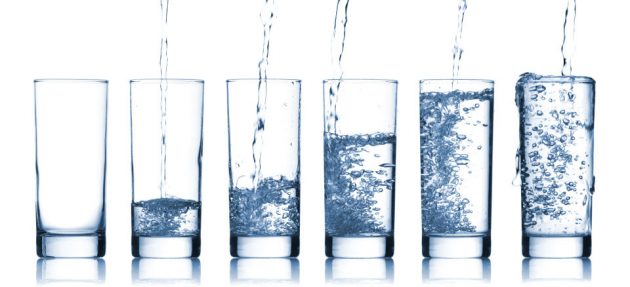
Advanced water purification technologies to deliver clean and safe water to global population
by CM Staff

Artificial Intelligence and smart sensors are critical technologies to drive opportunities for water purification solutions in the next decade, says Frost & Sullivan

Frost & Sullivan – Water Purification
SANTA CLARA, Calif. — Frost & Sullivan’s recent analysis, Technological Advancements in Domestic Water Purification, finds that improving water utilities and enhancing water purification technologies are necessary because a large proportion of the global population lacks proper access to safe water services. This increases the demand for the most efficient water purification system because water quality characteristics change with the water source, and a “one-size-fits-all” solution for domestic water purification cannot be adopted worldwide. Therefore, a domestic water purification system requires low-cost and energy-efficient technologies to supply fresh water and reduce waterborne diseases.
“With membrane and UV radiation-based water purification systems holding a significant share of the global domestic water purification market—up to 90%—researchers and stakeholders believe that technological advancements facilitating membrane permeability and high conversion are required for greater adoption of these technologies, especially in remote locations,” said Weihao Hung, TechVision research analyst at Frost & Sullivan, in a prepared statement. “Further, innovations which facilitate the integration of artificial intelligence (AI), machine learning, and smart sensors are also necessary to increase performance efficiency and to enhance the market growth of domestic water purifiers.”
Hung added: “The unique materials, advanced technologies, and their convergence with other purification technologies present great opportunities to revolutionize the water purification industry in the next 3-5 years.”
The increasing demand for fresh water and the negative impacts of waterborne diseases foster market growth and present lucrative prospects for market participants in the domestic water purification space. According to Frost & Sullivan, participants should: